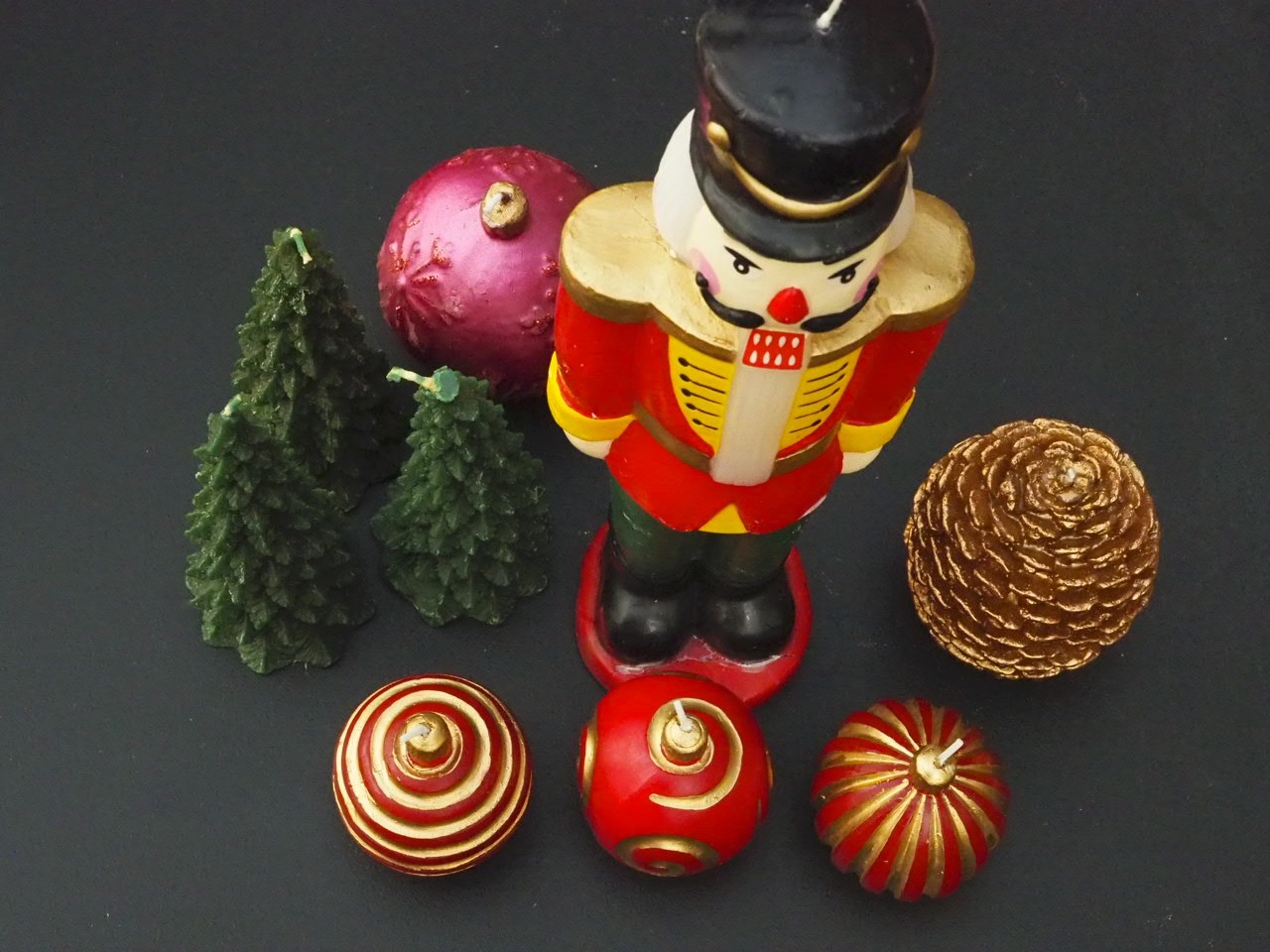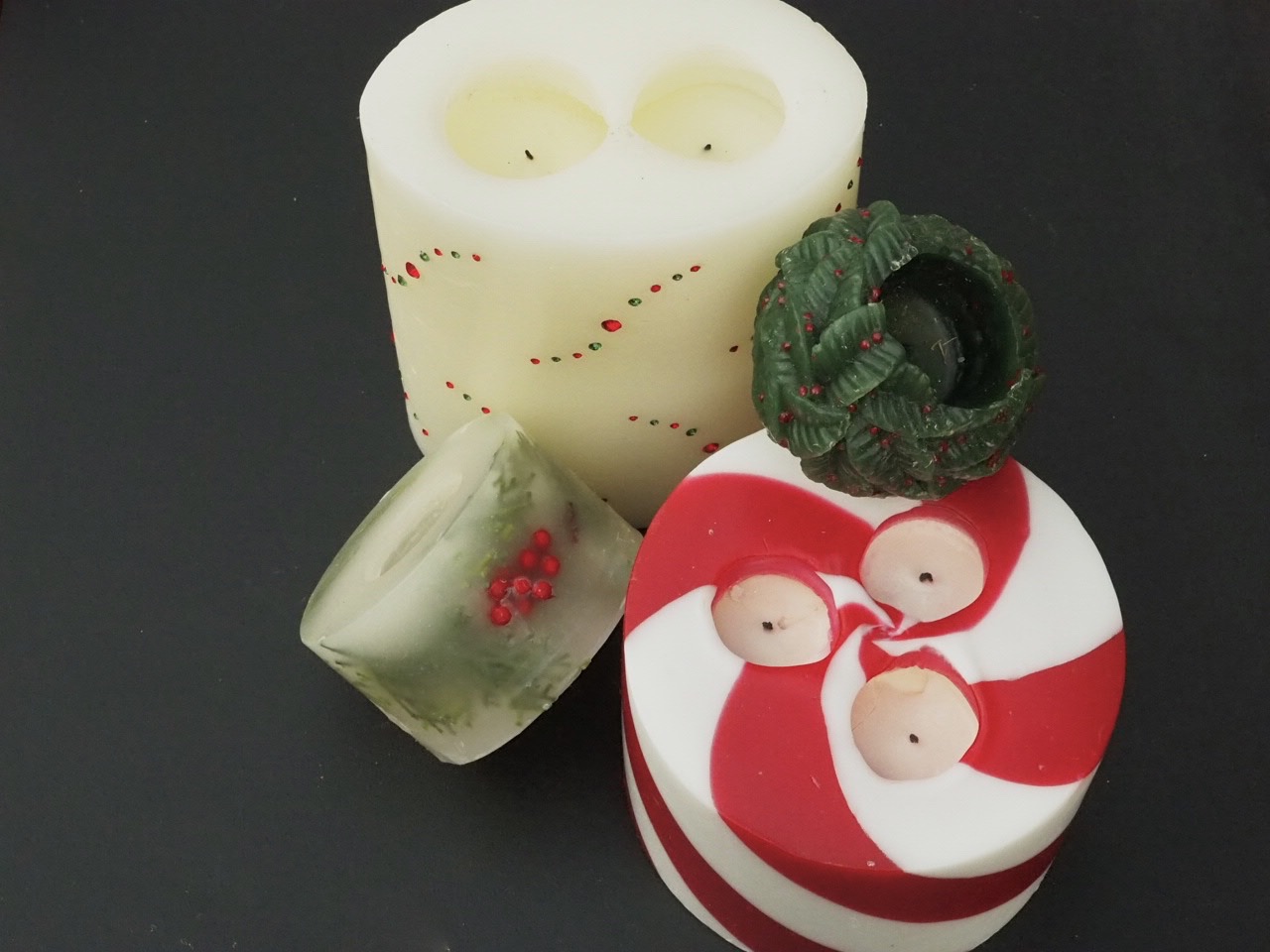Candle Care
by Ardith Beveridge, Tastemaker in Residence
It's the time of year where you might burn more candles than ever. So here are the tips that will save you time, money, clean-up and of course burning something you didn't want to burn!
So...You decide why some of these "older" candles have been lit and some have never been fired up. Also, after reading the tips below, decide what preparation needs to happen to maximize their lifetime of FIRE! Let me know what you think!


- Remove dust and fingerprints from a candle by gently rubbing the surface with a piece of nylon or a soft cloth. The cloth can be dry or slightly dampened with water.
- Wax drippings can be removed from most candleholders by running hot water over them. Some home care experts prefer removing wax by first placing the candleholder in the freezer for an hour or so. This allows the wax to shrink and easily pop out when the candleholder is removed from the freezer.
- Avoid burning candles in any glass item not specifically designed for candles. Glass candleholders are specifically manufactured to withstand the temperature changes that occur when burning a candle
- Votive holders will clean more easily afterwards if you spray the votive with Wax Remove, a spray you may purchase at your local florist; apply to the glass before inserting the candle. Caution:
- Avoid placing your candles where they will be directly exposed to sunlight or harsh indoor lighting, such as a spotlight. Candles may fade if they are left in bright light for an extended period of time.
- You may spray color candles with floral paint spray for added colors
- To straighten a bent candle use a soft cloth, with hot water, roll it on the table gently, repeat until the candle is straight.
- You can still use your burnt down candles; melt them together to create new candles.
- When giving a candle as a gift add a candle trimmer, and nice candle snuffer.
Ready to burn the candle? Here you go... the do's and don'ts...
- Upon first ever use, burn for at least two hours, or until the entire surface has turned to liquid wax to prolonged the candle life.
- Trim wick to 1/8” before each lighting to maintain a clean and even burn..
- Burn for no more than 3-4 hours at a time.
- Always keep candles in sight when in use. Never burn a candle on or near anything that can catch fire such as furniture, drapes, books, paper, flammable materials, winter greens
- Never leave a burning candle unattended. Extinguish candles when leaving a room or before going to sleep. Be sure the wick ember is no longer glowing
- Always burn candles in a well-ventilated room. Don’t burn too many candles in a small room or in a “tight” home where air exchange is limited.
- Choose an area away from drafts, open air vents or ceiling fans. This will help avoid rapid burning and prevent flare-ups.
- Be aware that the candle, container and/or wax can become hot when in use.
- Always burn candle on a stable, heat resistant surface. This can help prevent heat damage to underlying surfaces and prevent glass containers from breaking.
- Keep out of reach of children and pets.
- Keep wax pool free from wick and other debris at all times.
- Never use a knife or sharp object to remove wax drippings from a glass holder. It might scratch, weaken, or cause the glass to break upon subsequent use.
- Extinguish a candle if it repeatedly smokes, flickers, or the flame becomes too high. The candle isn’t burning properly. Cool, align and trim the wick, then check for drafts before relighting.
- Never burn a candle all the way down. Extinguish flame if it comes too close to the container.
- Extinguish candle carefully, allow it to cool completely before touching or moving.
- Recommend to use a candle snuffer to extinguish a candle. Never use water as it can cause wax to splatter or glass to break.
- Always read and follow the manufacturer’s use and safety instructions carefully.
